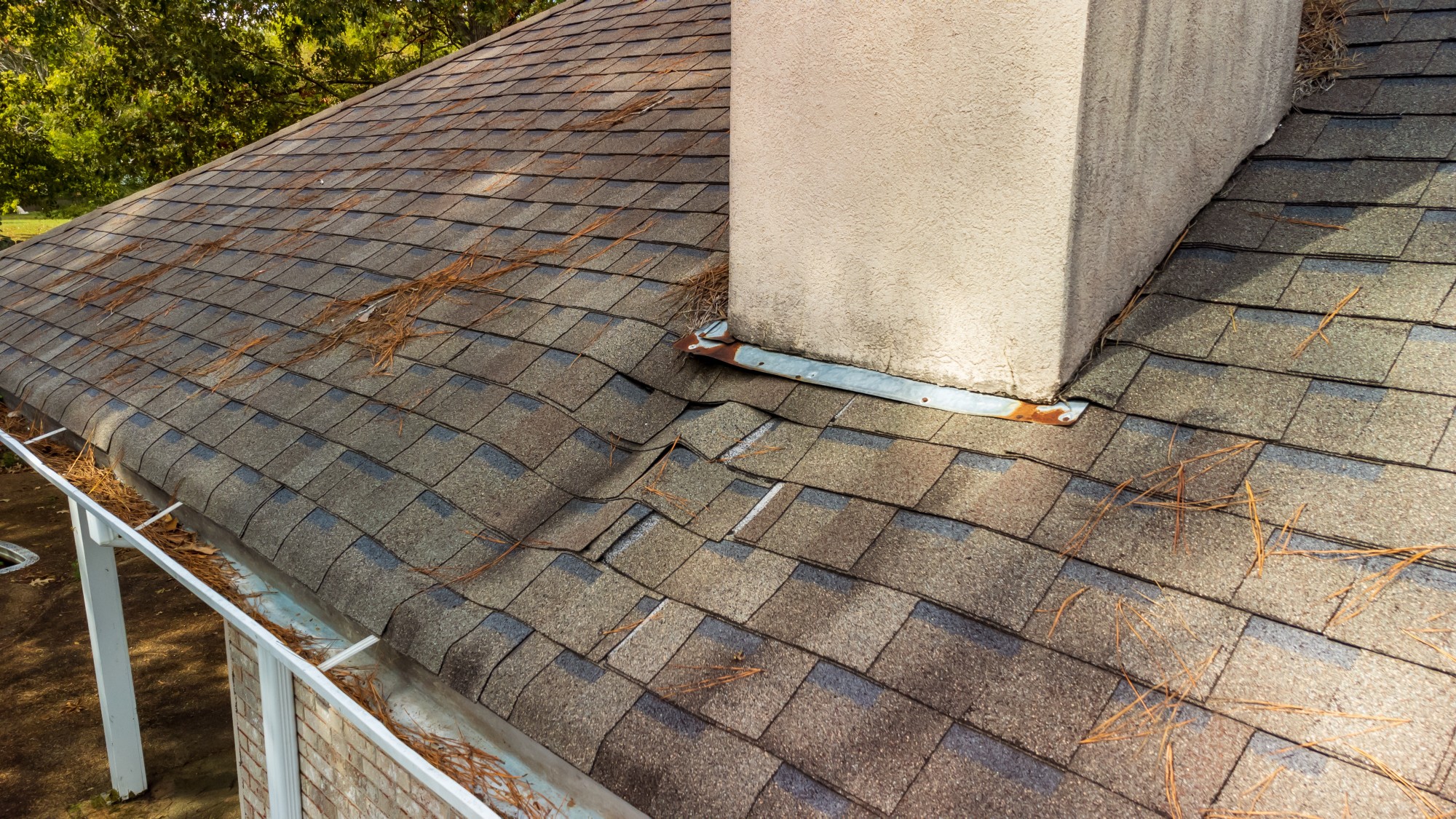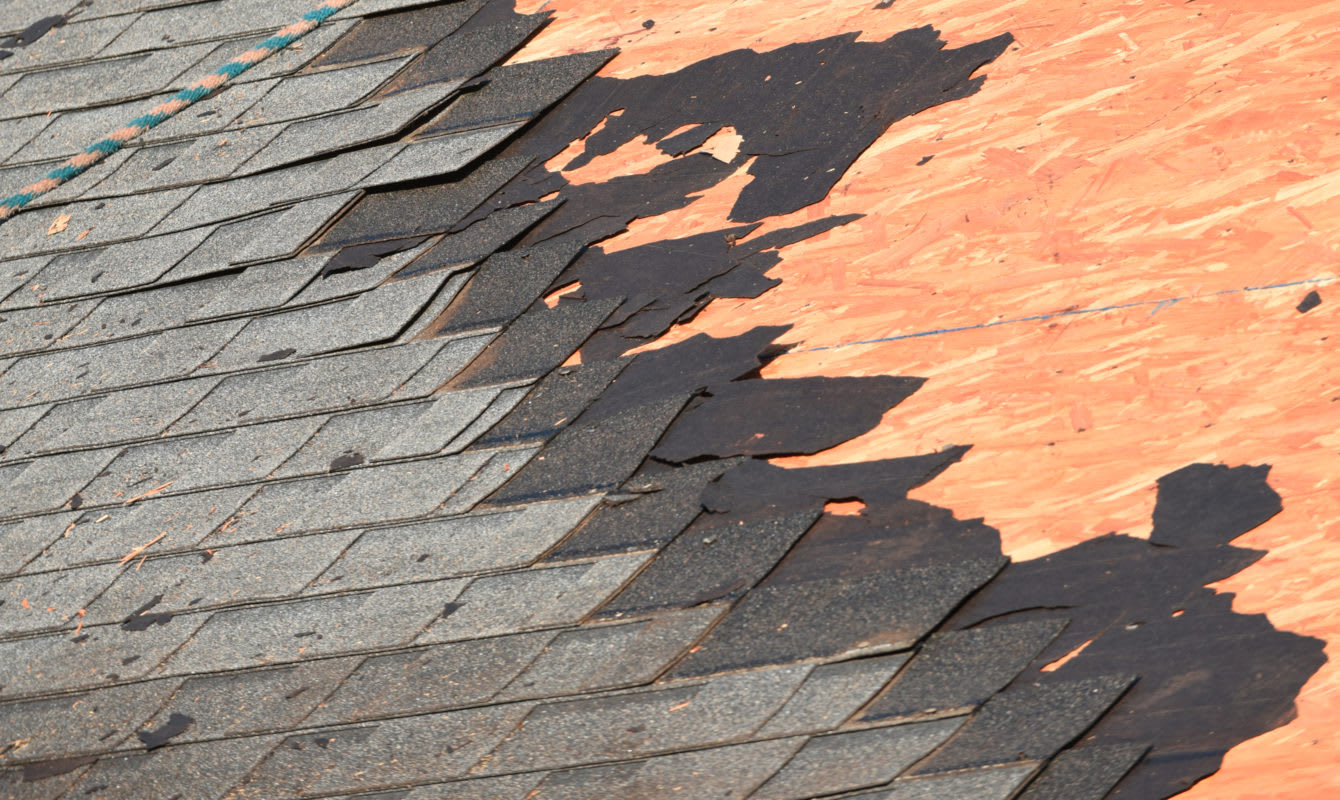Assessing the Best Roof Covering Materials for Substitute: A Comprehensive Evaluation of Durability, Expense, and Aesthetic Appeal
Picking the best roofing product for replacement includes a careful evaluation of several critical aspects, including toughness, expense, and aesthetic allure. Each choice offers distinct benefits and drawbacks; as an example, asphalt tiles are affordable yet shorter-lived, while steel roofs guarantee long life at a higher investment. The aesthetic influence of materials like clay ceramic tiles can not be ignored, regardless of their premium cost factor. Understanding how these aspects connect can significantly affect the decision-making procedure. As we discover these aspects even more, the effects for your specific situation become progressively significant.
Review of Roof Materials
As homeowners significantly prioritize resilience and power performance, comprehending the various roof covering materials available for substitute ends up being important. The selection of roofing products directly impacts not just the visual appeal of a home but additionally its long-lasting performance and maintenance expenses.
Among one of the most typical roof products are asphalt roof shingles, metal roofing, and tile. Asphalt shingles are favored for their price and simplicity of installment, making them a prominent selection for numerous household applications. Metal roof covering, that includes products such as steel and aluminum, uses extraordinary durability and energy efficiency, typically mirroring heat and lowering cooling costs. Ceramic tile roof covering, frequently made from clay or concrete, is treasured for its longevity and aesthetic charm, giving a distinctive appearance that can boost a home's value.
Furthermore, newer materials such as artificial tiles and environment-friendly roofing systems are gaining grip. Synthetic choices resemble traditional materials while supplying improved resilience and lower maintenance demands. Environment-friendly roof coverings, which incorporate vegetation, contribute to energy efficiency and biodiversity.
Resilience Assessment
When assessing roofing products for substitute, longevity is a crucial element that property owners should consider. The lifespan and resilience of roof covering products directly influence long-term upkeep and substitute expenses. Various products show varying levels of durability, making it important to understand their efficiency under ecological stressors.
Asphalt roof shingles, while prominent for their cost-effectiveness, generally last 15 to 30 years and might need more constant replacement due to deterioration from UV direct exposure and extreme weather. In comparison, metal roof covering uses amazing resilience, with a life-span of 40 to 70 years and resistance to wind, fire, and bugs. Additionally, clay and concrete floor tiles can endure rough conditions, often lasting longer than 50 years, although their weight demands a robust architectural support system.

Price Comparison
Considering the financial effects of roofing products is essential for property owners preparing a replacement. The expense of roof covering materials can differ considerably based on elements such as material kind, installment intricacy, and local pricing distinctions.
Asphalt shingles are among one of the most cost-effective alternatives, typically ranging from $90 to $100 per square (100 square feet), making them a prominent selection for budget-conscious homeowners. In contrast, metal roof covering can cost in between $250 and $700 per square, depending upon the kind of metal and finish selected. While steel roofing systems have a tendency to have a higher in advance price, their long life and power effectiveness may lead to cost financial savings over time.
Clay and concrete ceramic tiles are additionally on the higher end of the spectrum, balancing in between $300 and $600 per square. These products use durability and aesthetic allure but need a substantial preliminary financial investment.
Finally, slate roof, known for its outstanding durability and classic appearance, can range from $600 to $1,500 per square, making it the most costly alternative. Property owners have to consider the preliminary prices against the expected life-span and upkeep needs of each material to make an informed choice.
Visual Factors To Consider
Visual considerations play a crucial duty in choosing roof products, as the roof covering significantly impacts a home's general look and curb appeal. Property owners typically seek materials that match their building design and enhance the aesthetic appeal of their residential property. The shade, appearance, and account of roof covering materials can drastically influence the general aesthetic.
Materials such as asphalt tiles offer a selection of shades and designs, making them a prominent option for household jobs. On the other hand, steel roof covering gives a sleek, contemporary look and is readily available in numerous finishes that can suit contemporary styles. Typical options like clay tiles or slate can evoke a timeless elegance, appealing to those who prefer timeless aesthetic appeals.
In addition, the assimilation of roof covering products with surrounding aspects, such as home siding and landscaping, is essential. A cohesive color scheme and unified structures can raise a home's exterior and add to its worth. Home owners must likewise think about how the chosen roof covering product engages with natural light, as this can affect the roof covering's look throughout the day. Eventually, choosing aesthetically pleasing roof covering products More hints requires mindful factor to consider of personal preference, building style, and the overall vision for the home.
Final Referrals
Selecting the ideal roofing product can considerably boost a home's toughness and visual charm. roofing company. Based upon our analysis of longevity, cost, and visual factors, we suggest 3 primary choices for homeowners taking into consideration a roofing substitute
Firstly, asphalt roof shingles hop over to these guys remain the most prominent selection due to their price and versatility. They supply an excellent balance of cost-effectiveness and security, making them ideal for a lot of residential applications. House owners must consider their longevity, as they commonly last 15 to 30 years.

Finally, for those looking for an upscale visual, slate or ceramic tile roof covering uses unmatched style and sturdiness. Although these materials feature a steep cost tag, their lifespan can surpass 100 years, making them a worthy investment for deluxe homes.
Ultimately, the ideal choice will certainly depend on specific spending plan, aesthetic preferences, and local environment considerations. Home owners should speak with a roof covering professional to evaluate their details needs.
Final Thought
Finally, selecting the suitable roof product demands a careful assessment of longevity, cost, and aesthetic charm. Asphalt roof shingles give an affordable option with modest long life, while steel roofing stands out in toughness and power performance. Clay and concrete tiles, although pricier, considerably improve aesthetic allure and hold up against you could try here severe climate condition. Ultimately, the decision should align with individual budgets, design preferences, and regional climate factors, emphasizing the importance of professional assessment for notified options.